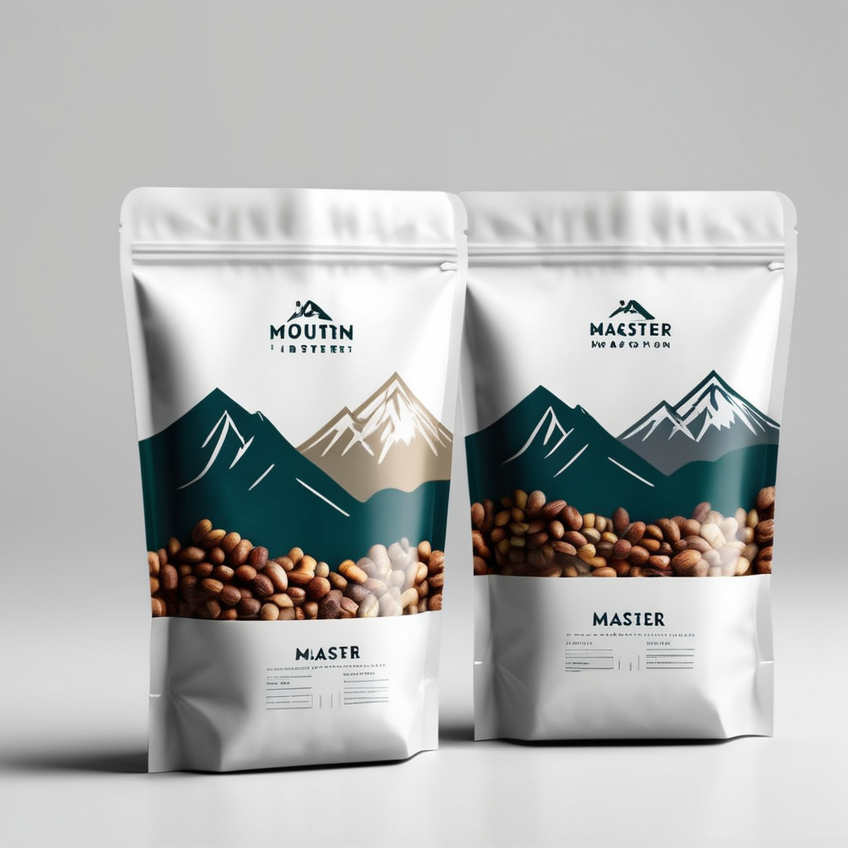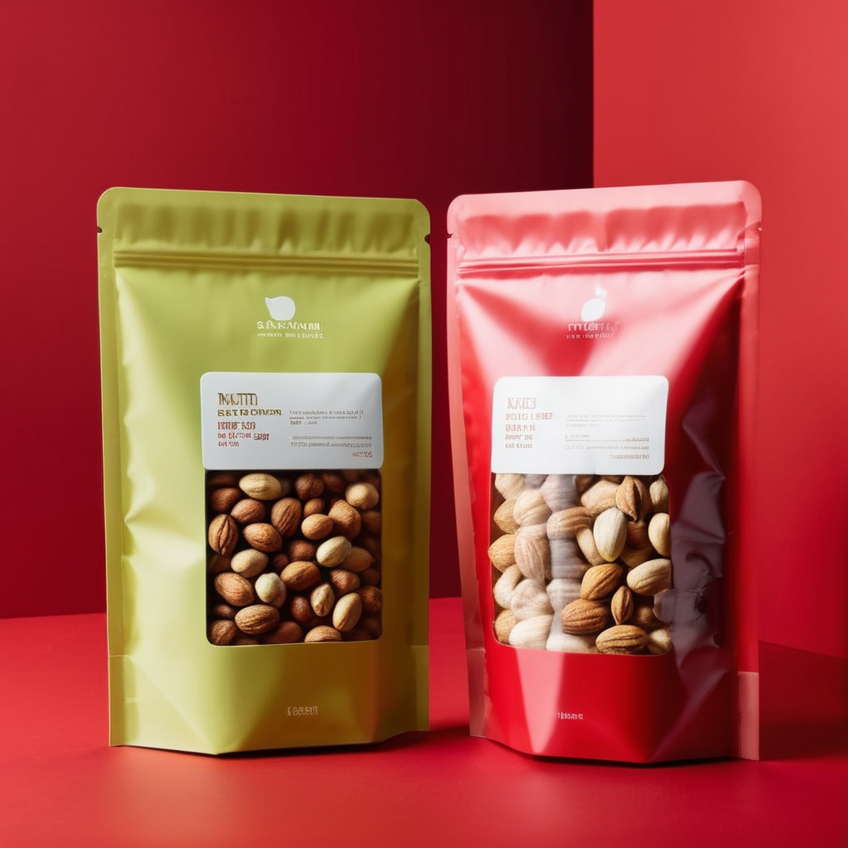Are Stand Up Pouches Recyclable?
Explore the Eco-Friendliness of This Popular Packaging

Digitally printed flexible packaging also produces fewer emissions and less energy consumption than traditional printing. Add to that the fact that you can order to demand, so companies carry less inventory, minimizing obsolescence.
While are a sustainable option, digitally printed recyclable pouches are an even bigger step in the environmentally-friendly direction. Let’s dive in. dBefore we dive into the recycling question, let's take a brief look at Stand Up Pouches:
This packaging format is favored for its following features:
Lightweight
Space-saving
Easy to transport
Provide good product protection
Attractive appearance design
Material composition of Stand Up Pouches
Stand Up Pouches are usually composed of multiple layers of material, each with a specific function:
Outer layer: Usually PET or PP , providing durability and printing surface.
Middle layer: May contain aluminum foil or other barrier materials to protect the contents from oxygen, light and moisture.
Inner layer: Usually PE for heat sealing and food contact safety.
Recycling Challenges of Stand-up Pouches
Although stand-up pouches have many advantages during use, their recycling does face some challenges:
Consumer-packaged goods companies (CPGs) are getting behind the movement too. Unilever, Nestlé, Mars, PepsiCo., and others have committed to using 100% recyclable, reusable, or by 2025.cMaterial separation difficulties:
Separation of different material layers is a technical challenge, which makes it difficult for traditional recycling facilities to process these packages.
Mixed materials:
The mixing of different types of plastics and metals (such as aluminum foil) makes the recycling process more complicated.
Food residues and other contaminants may affect the recycling process.

Recycling infrastructure limitations:
Many regions lack specialized facilities to handle complex multi-layer packaging.
Market demand:
The mixed materials after recycling may lack market demand, which reduces the economic feasibility of recycling.
Current recycling status
Currently, most traditional recycling systems cannot effectively process stand-up pouches. However, the situation is gradually changing:
Technological progress:
New recycling technologies are being developed to better handle multi-layer packaging materials.
Design innovation:
Some companies are developing single-material stand-up pouches that are easier to recycle.
Recycling programs:
Specific brands and retailers are launching their own packaging recycling programs.
Regulatory push:
Some countries and regions are implementing stricter packaging recycling regulations, prompting the industry to seek solutions.
Strategies to improve the recyclability of stand-up pouches
Despite the challenges, the industry is taking a number of steps to improve the recyclability of stand-up pouches:
Simplifying materials:
Using single materials or compatible materials to make stand-up pouches easier to recycle.
Separable design:
Design packaging structures that easily separate different material layers.
Biodegradable materials:
Explore the use of biodegradable materials as an alternative.
Recycling guidelines:
Clearly mark recycling guidelines on the packaging to help consumers dispose of them correctly.
Innovative recycling technology:
Invest in the development of new recycling technologies that can handle complex multi-layer materials.
Closed-loop system:
Establish a brand’s own packaging recycling and reuse system.
What can consumers do?
As consumers, we can also contribute to improving the recyclability of stand-up pouches:
Understand local recycling rules:
Check whether local recycling facilities accept stand-up pouches.
Clean packaging:
Clean packaging before discarding to remove food residues.
Support eco-friendly brands:
Choose brands that use recyclable or more eco-friendly packaging.
Participate in recycling programs:
Actively participate in packaging recycling programs offered by brands or retailers.
Reduce use:
Choose products that are sold in bulk or in reusable containers when possible.
Raise awareness:
Share knowledge about packaging recycling with others to promote broader change.
Future outlook
The issue of recycling stand-up pouches is gaining more and more attention. With technological advances, increased consumer awareness and regulatory push, we have reason to be optimistic about the future:
Material innovation:
More recyclable and sustainable materials will be developed and applied.
Improved recycling infrastructure:
More regions will build recycling facilities that can handle complex packaging.
Circular economy model:
The packaging industry will adopt more circular economy principles and increase the reuse rate of materials.

Consumer education:
Broader education will help consumers make more informed choices and correct recycling behaviors.
Conclusion
Although most stand-up pouches are currently difficult to handle in traditional recycling systems, the situation is gradually improving.
Through technological innovation, design improvements and increased public awareness, we are moving towards more sustainable packaging solutions. As consumers, we can support this progress through smart choices and responsible behavior.
 EN
EN
 AR
AR
 HR
HR
 CS
CS
 DA
DA
 NL
NL
 FI
FI
 FR
FR
 DE
DE
 EL
EL
 IT
IT
 JA
JA
 KO
KO
 NO
NO
 PL
PL
 PT
PT
 RO
RO
 RU
RU
 ES
ES
 SV
SV
 TL
TL
 IW
IW
 ID
ID
 LV
LV
 LT
LT
 SR
SR
 SK
SK
 SL
SL
 UK
UK
 SQ
SQ
 ET
ET
 TH
TH
 TR
TR
 FA
FA
 AF
AF
 MK
MK
 UR
UR
 BN
BN





